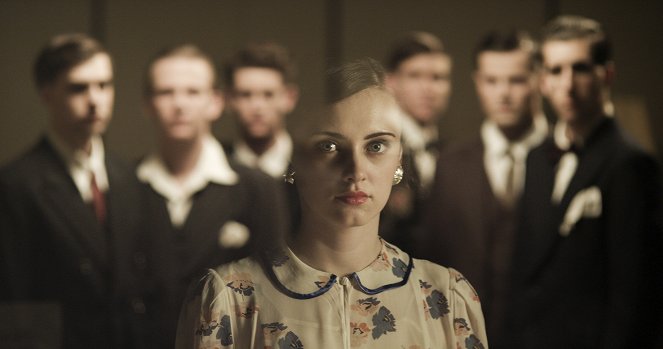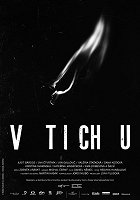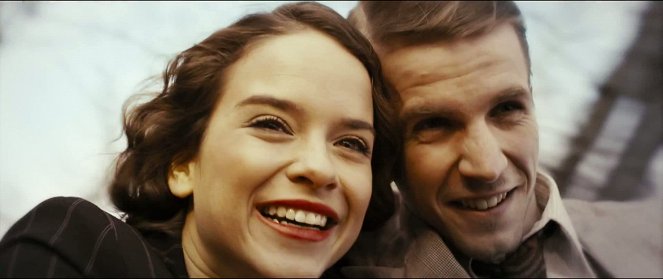Ohjaus:
Zdeněk JiráskýKäsikirjoitus:
Zdeněk JiráskýKuvaus:
Michal ČernýSävellys:
Martin HasákNäyttelijät:
Judit Pecháček, Ján Gallovič, Jan Čtvrtník, Kristína Svarinská, Ladislav Hrušovský, Dana Košická, Ondřej Rychlý, Jan Komínek, Evženie Pfeifferová (lisää)Juonikuvaukset(1)
The 1930s and 1940s left a devastating trace on the world which affected every social class, regardless of their education, beliefs, gender or race. Fascist Germany and its ideology began its work of destruction in 1933. Many artists fell into disfavour, they were barred from working in their profession and were persecuted. Fascist laws disqualified so-called "non-Aryan" artists in Germany and these norms were subsequently applied in all the European countries occupied by Germany. "In Silence" depicts the fates of five Jewish musicians and performers whose suffering in concentration camps or even their fear of inevitable death were alleviated by the piano and music. Karol Elbert, Alica Flachová – Pastorová, Edith Kraus, Arthur Chitz and Jozef Weiss – these are names fated to remain forgotten and whose talent was to be erased forever from the cultural awareness. The film reveals the happy and carefree lives of the protagonists in a stylised manner, with precise film aesthetics and a strong musical component, in contrast with the humiliating, painful and most difficult part of their lives. (jakelijan virallinen teksti)
(lisää)Videot (1)
Arvostelut (2)
Do you think that the topic of Judaism in Music cannot appeal to you? The opposite is true. Zdeněk Jiráský's team found a new way to tell, to address, and to revive human stories decided on by a seemingly banal list. It would be futile to enumerate the individual pros. The only thing worth doing is to applaud the screen.
()
After the great Flower Buds, the degree of disappointment is almost palpable. The film has no plot and is just a series of scenes from concentration and labor camps, preceded by overexposed and naively-warm scenes from before the war, when everyone was happy and smiling and everything was optimistic and cheerful. There are about half a dozen Jews whose destinies we follow, but they have almost no exposition (it doesn't really suffice to slap a headline with a name and job description next to them) and the film alienates them by the fact that none of them say anything the entire time – except for shouting and singing, all of the dialogues and monologues take place exclusively through voiceovers. Just as a lexicon of Jewish artists is being printed at the beginning, Zdeněk Jiráský presents in his film a lexicon of all possible suffering that people have gone through in concentration camps, but he does so incredibly cheaply (there really is everything possible in the film, including a hangman, crying girls, the murder of a newborn, sad dog eyes...). In his persistent effort to squeeze a tear from the viewer, he fails on all fronts.
()
Kuvagalleria (19)
Kuva © Artcam



Mainos